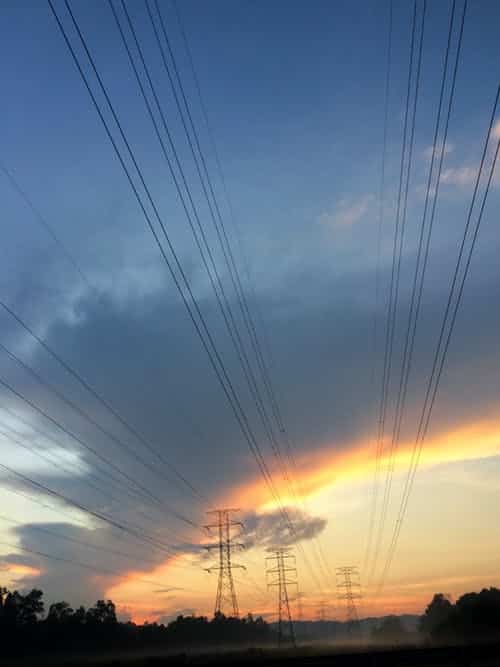FERC’s Five-Year Plan Emphasizes Measures to Improve Electricity Market Design, Infrastructure Siting Reviews

The Federal Energy Regulatory Commission on March 31 published its new 2022-26 strategic plan outlining the agency’s priorities, including advancing and protecting the electric grid, improving energy infrastructure siting reviews, and encouraging public participation in the commission’s proceedings. The plan details how the commission will carry out each priority, including a series of goals and objectives related to that priority. A congressional justification document will be submitted by the agency annually to provide an update on each of its priorities.
To ensure that markets provide appropriate incentives for resources needed by market operators, the agency will examine the existing organized wholesale electric markets. The plan will identify ways to reform existing market rules to help integrate new technologies and ensure that grid operators can procure new grid services, operate more flexibly, and respond with prices that match the demands of a modern electric grid.
The commission will also publish a revised analytical framework to improve the review process for interstate gas pipelines, liquefied natural gas facilities, and hydroelectric projects. On March 24, the commission issued draft policy statements on gas pipeline certification and consideration of greenhouse gas emissions in natural gas project reviews Comments on these statements are due within April 25. The agency forecast that 340 hydroelectric relicense applications will be filed between 2021 and 2031, representing about a third of all active FERC permits. The commission intends to review the applications in a timely manner and to ensure that environmental impacts and mitigation measures are fully transparent.
Extreme weather and climate change as well as cyberattacks are among the threats to grid reliability that the commission plans to evaluate and address. Averting or mitigating the negative effects of widespread and long-term power outages will make all communities safer, especially the most vulnerable.
The commission expects to develop the electricity infrastructure for the changing resource mix like wind and solar, which are located in areas that are far from demand centers. The transformation aims to improve electric transmission infrastructure to enable cost-effective delivery of electricity from new sources while maintaining reliability.
The commission created the Office of Public Participation in June 2021 to improve the accessibility and participation in the proceedings for landowners and underprivileged communities. The initiative will help enable different sets of members to intervene or comment on the proceedings or initiate proceedings themselves. As part of this effort, tribal nations are also consulted about the full range of commission issues that could affect their treaty rights, resources, or people.
The agency intends to promote a strong and robust enforcement program to enhance transparency and market confidence and ensure the reliability of the grid built in accordance with the agency’s regulations and orders.
EnerKnol Pulses like this one are powered by the EnerKnol Platform—the first comprehensive database for real-time energy policy tracking. Sign up for a free trial below for access to key regulatory data and deep industry insights across the energy spectrum.
ACCESS FREE TRIAL